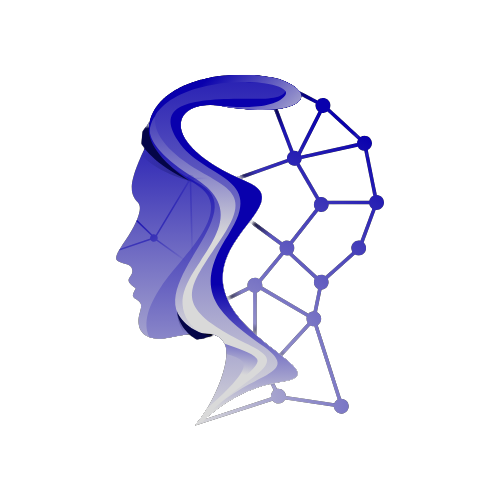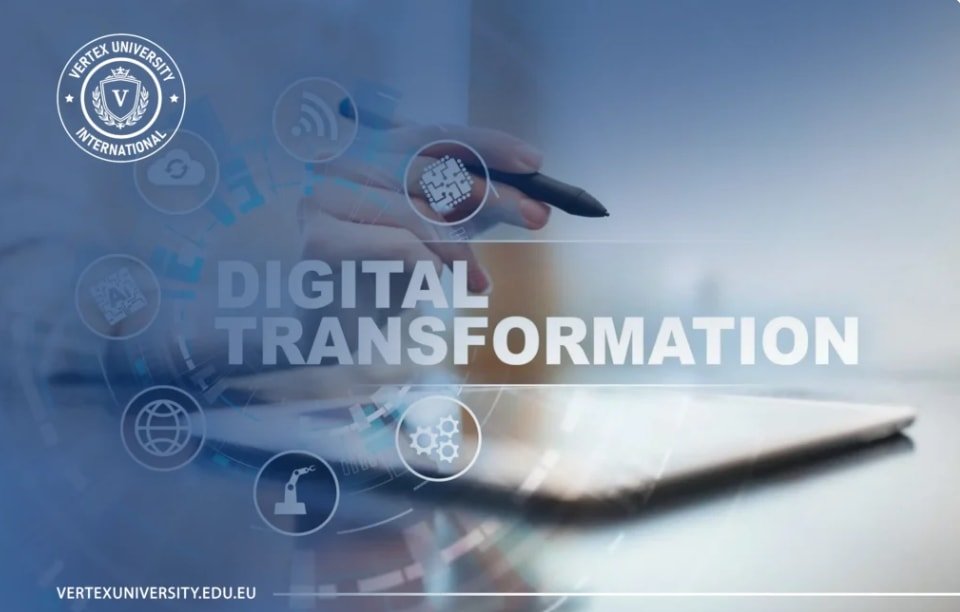Key Concepts and Terminologies in the Era of Digital Transformation
Digital transformation has reshaped nearly every aspect of modern life—from how we work and communicate to how we learn. To navigate this evolving landscape, understanding the key terms and ideas associated with transformation has become essential, particularly in higher education. The rise of smart universities, digital learning, and distance education has made these concepts part of everyday academic and professional vocabulary.
Digitization vs. Digital Transformation
The words digitization and digital transformation are often used interchangeably, but they describe very different stages of progress.
Digitization refers to the process of converting analog materials into digital form. For example, scanning paper documents into online databases is a straightforward instance of digitization.
Digital transformation, on the other hand, goes much deeper. It involves rethinking how an organization operates, communicates, and delivers value by integrating digital tools into every process. This transformation requires innovation, leadership, and a willingness to adapt—not just technology but a complete overhaul of organizational culture and processes.
Automation: Enhancing Efficiency and Innovation
Automation is one of the most visible outcomes of digital transformation, allowing repetitive or time-consuming tasks to be efficiently handled by technology.
In the realm of education, automation can support activities such as enrollment processing, scheduling, grading, and data analysis. This not only improves accuracy but also frees up faculty to focus more on teaching, research, and creative endeavors, thereby enhancing the educational experience for all involved.
Cybersecurity: Safeguarding Digital Spaces
As education becomes increasingly digital, cybersecurity emerges as a cornerstone of institutional trust. The protection of student records, research data, and institutional systems is crucial for ensuring continuity and integrity.
To combat the ever-growing threat of cyber attacks, universities are investing heavily in encryption, network protection, and comprehensive training programs that cultivate awareness among students and staff. These efforts aim to prevent data breaches and safeguard sensitive information, making cybersecurity an integral part of any digital transformation strategy.
Digital Learning: Education Without Borders
Digital learning has dramatically redefined access to education, empowering students to learn anytime and anywhere. This innovation helps to eliminate barriers related to geography, cost, and time constraints.
Through online platforms, interactive courses, and real-time discussions, learners can participate in global classrooms and engage with educators from diverse backgrounds. This expanded access fosters collaboration and sharing of knowledge in ways previously unimaginable.
Smart Universities: The Next Evolution in Higher Education
Smart universities represent a more profound integration of digital transformation within the academic framework. These institutions utilize intelligent platforms, data analytics, and personalized learning tools to create adaptive, interactive environments.
Their mission transcends mere online access; they strive to build dynamic ecosystems that not only educate but also prepare students for a rapidly evolving, innovation-driven workforce. By leveraging technology in this manner, smart universities promote a culture of continuous learning and adaptation.
E-Learning and Distance Education
E-learning encompasses studying through digital platforms, either synchronously (real-time) or asynchronously (at one’s own pace). This model encourages flexibility, allowing learners to tailor their educational experiences according to their unique schedules and preferences.
Distance education takes e-learning a step further by completely removing the requirement for physical presence. Students from any location can engage with quality education and build meaningful academic connections, all facilitated through virtual platforms. This has transformed traditional educational paradigms, making high-quality learning accessible to diverse populations.
Lifelong Learning: Adapting to a Rapidly Changing World
In today’s fast-paced environment, education is no longer confined to just the years spent in school. Lifelong learning—the ongoing pursuit of knowledge and skill development—has become an essential practice.
This commitment to continual learning empowers individuals to remain adaptable, creative, and employable, especially as industries evolve due to ongoing digital and technological changes. It’s a mindset that embraces curiosity and the need for skills that reflect the demands of a changing job market.
Blended Learning: The Best of Both Worlds
Blended learning combines traditional in-person education with digital delivery, offering the flexibility of online components while maintaining the irreplaceable value of face-to-face interactions. This approach encourages collaboration, supports diverse learning styles, and promotes engagement through a mix of multimedia and online resources.
By integrating both learning modalities, educators can create enriched learning environments that cater to various student needs, maximizing educational outcomes.
Navigating the Digital Future
Digital transformation is not merely a trend; it is the foundation of the modern educational landscape. By grasping its principles and embracing its tools, both universities and learners are better positioned to thrive in an increasingly complex, fast-moving world.
The success of digital transformation hinges not only on the technology itself but also on fostering a mindset grounded in openness, innovation, and an unquenchable curiosity for continuous improvement. In this new era, everyone involved in higher education can play a role in shaping a more dynamic, inclusive future.





